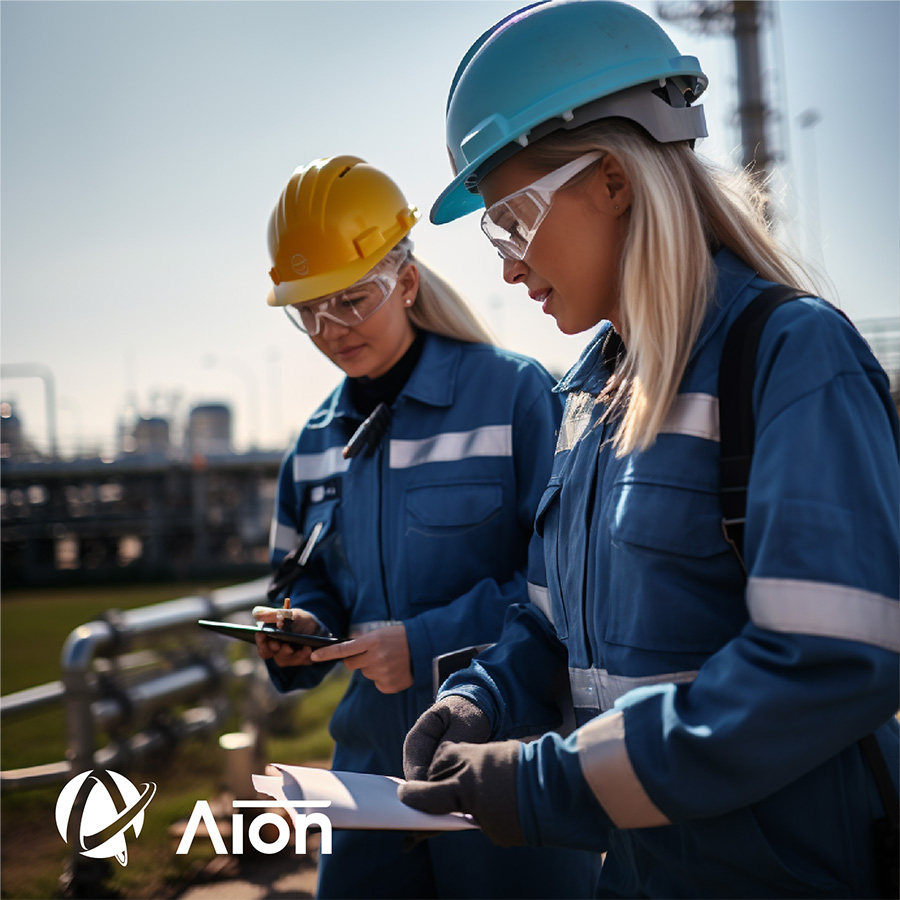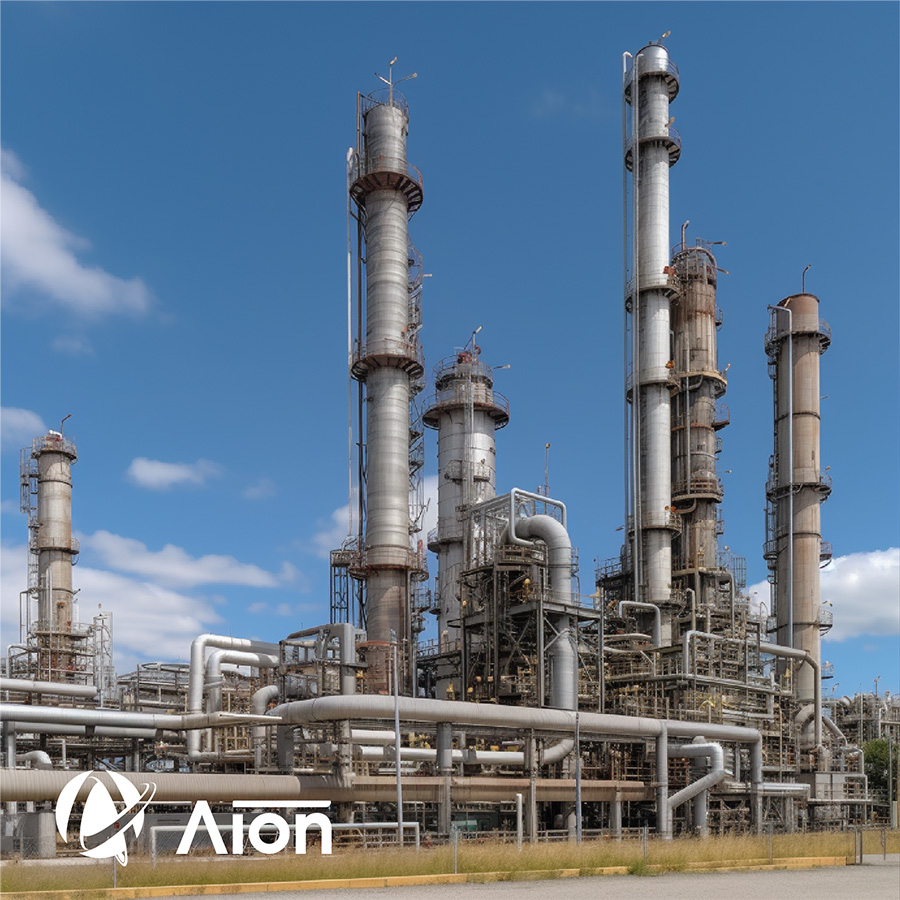Summary
An in-plant pipeline cathodic protection system is designed to protect pipelines within an industrial facility or plant from corrosion. Corrosion poses a significant risk to the integrity and lifespan of pipelines, which can result in leaks, environmental contamination and costly repairs. The in-plant cathodic protection system works by applying a direct electrical current to the pipeline, shifting the electrochemical reaction and preventing corrosion.
The design of an in-plant pipeline cathodic protection system involves several key considerations. These include assessing the specific characteristics of the pipeline, such as material, size, coating condition and operating conditions. Anode selection and placement are critical to ensuring even current distribution along the pipeline. The system may employ either impressed current or galvanic anodes, depending on factors like pipeline length, complexity of the system, corrosion environment and maintenance requirements.
By implementing an effective in-plant pipeline cathodic protection system, our clients can mitigate the risk of corrosion, extend the lifespan of their pipelines and ensure safe and reliable operations within the industrial facility. These systems are an important investment in maintaining infrastructure integrity, reducing the likelihood of leaks and preventing costly repairs and downtime.
Evaluating the Cost-Effectiveness of Inplant Pipeline CP System
Evaluating the cost-effectiveness of an in-plant pipeline cathodic protection (CP) system, whether it is galvanic or impressed current, involves assessing the financial investment and potential savings associated with corrosion prevention. Both system types aim to protect pipelines from corrosion within an industrial facility, but their cost-effectiveness considerations may vary.
Evaluating the cost-effectiveness of an in-plant pipeline CP system, whether galvanic (sacrificial) or impressed current, requires a comprehensive analysis of the installation, operation and maintenance costs, as well as the potential savings from preventing corrosion-related damage. It is crucial to consider the specific characteristics of the pipelines, the corrosive environment within the facility and the long-term implications of investing in an effective CP system. This evaluation will help our clients make informed decisions to protect their assets, reduce costs and maintain the integrity of their pipeline infrastructure.


